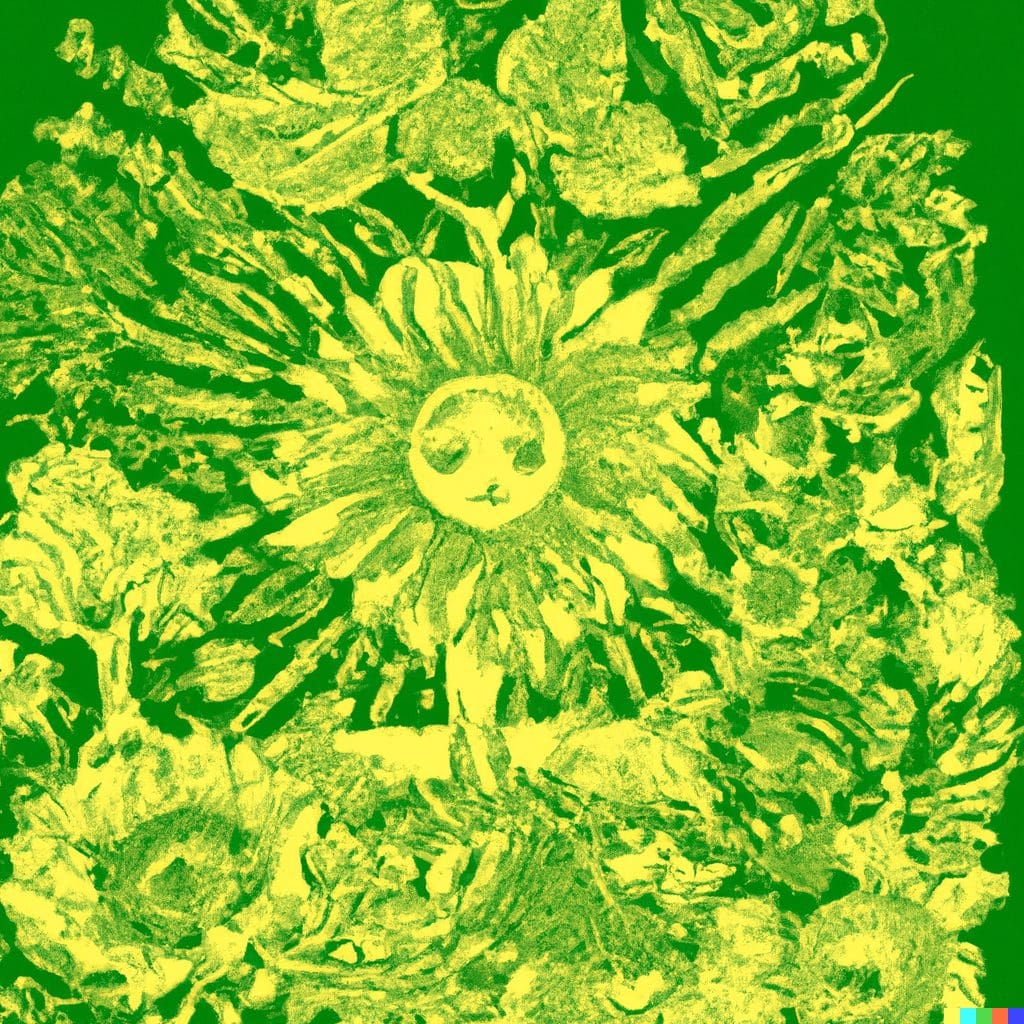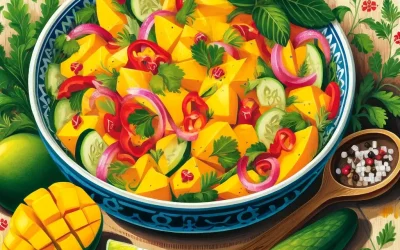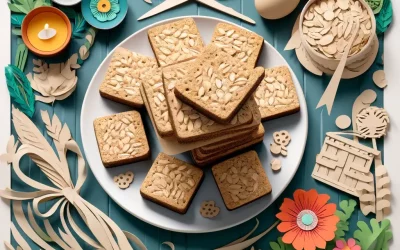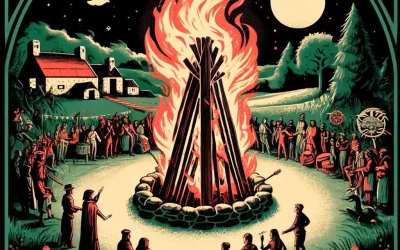LEARN | PAGAN HOLIDAYS | LITHA
EVERYTHING YOU NEED TO KNOW ABOUT LITHA
Litha (LEE-tha): Celebrating the Height of Sun’s Power
Updated: April 21, 2024

Litha 2024
When is Litha?
June 21, 2024 is the Pagan celebration of Litha, also known as Midsummer—the Summer Solstice. For modern day pagans, Litha is a day of inner power and brightness. This pivotal day gifts us with the longest stretch of daylight in the Northern Hemisphere, a vibrant celebration of fire and the sun, our essential source of life. As we bask in the warmth and abundant energies, it’s a perfect time to connect with nature’s bounty. Embrace the outdoors, revel in the sunshine, and cherish the fresh air around you.
Astrological Insights – Litha
On Litha, the sun will enter Cancer at 4:51 PM EDT, ushering in a period focused on home, family, and nurturing, heightening our sensitivity to our surroundings and deepening our emotional connections.
What is the Origin of Litha?
The name “Litha” is believed to come from an early medieval designation for the months of June or July, as noted by the Venerable Bede, an insightful English monk from the 8th century. The association of “Litha” with the summer solstice is believed to be a relatively modern twist, enthusiastically adopted by neopagan circles like Wicca and modern Druidry.
The Colors, Crystals, Scents, Herbs, Plants, Flowers, and Symbols of Litha
The following associations are significant in Litha celebrations as they embody the energy of the sun, the abundance of nature, and the balance between light and darkness. They serve as reminders of the interconnectedness of all things and the cyclical nature of life.
Colors
- Gold: symbolizes the sun at its peak power, radiating strength and vitality.
- Blue: represents the sky, clarity, and tranquility of the longest day.
- White: signifies purity, the high energy of the sun, and the divine masculine energy.
Crystals
- Sunstone: embodies the qualities of the sun, promoting vitality, empowerment, and joy.
- Tiger’s Eye: represents strength, courage, and protection during this high-energy time.
- Citrine: symbolizes brightness, positivity, and the abundance of summer.
Scents
- Lavender: associated with calmness, purification, and relaxation in the heat.
- Chamomile: represents the sun with its soothing, calming, and healing properties.
- Mint: signifies freshness, vitality, and the energy of the sun.
Symbols
- Sun Wheel: represents the full strength of the sun, cycle of the year, and fertility of the earth.
- Bonfire: symbolizes the power of fire to purify, renew, and invigorate.
- Oak Tree: embodies strength, endurance, and the peak of nature’s bounty.
Herbs, Plants, and Flowers
- St. John’s Wort: associated with the sun’s power, protection, and health.
- Lavender: symbolizes purity, tranquility, and the soothing of summer’s heat.
- Mugwort: represents dreams, intuition, and protection during this magical time.
Pagan Beliefs About Litha
Litha is a favored time for love magic and sacred unions. Many pagans choose this time for handfasting, a ceremony akin to weddings, woven with rituals and deep meanings.
Litha celebrations could include towering bonfires stretching up to the sky, their flames a mirror to the sun’s intense energy. These fires are not mere spectacles; they are spiritual acts believed to bolster the sun’s strength as it begins its decline post-solstice, and to secure blessings for an abundant harvest ahead.
For pagans, the Summer Solstice is a moment of perfect balance and poignant anticipation. It represents the climax of light and the onset of a darker, quieter phase. It’s a time to honor the sun’s power, bask in its full glory, and prepare for the natural progression of seasons.
Litha is a vibrant celebration of the earth and cosmos, a grand display of balance and renewal in the ever-spinning cycle of life.
Litha Traditions and Customs
Litha is a time for celebration, gratitude, and connecting with nature. Some rituals and traditions associated with Litha include:
Bonfires
Bonfires are central to Litha celebrations, representing the sun’s power.
Watching the Sunrise
Many people greet the solstice sun at dawn to pay homage to its life-giving energy.
Creating Floral Wreaths and Garlands
Flowers, abundant during this time, are used to make decorative wreaths and garlands to celebrate the season.
Litha Lore
Stonehenge Alignment
This ancient monument aligns with the sunrise on the summer solstice. Imagine the first light of Litha streaming through those mighty stones!
Enigmatic Green Man
The Green Man, a mysterious figure often depicted with leaves and vines sprouting from his face, is closely associated with Litha and the summer solstice. This ancient symbol of rebirth and the cycle of growth represents the power of nature and its unstoppable force. The Green Man can be found in various cultures, embodying the spirit of the season.
Bonfires
In many cultures, bonfires are lit on Midsummer’s Eve to protect against evil spirits, which were thought to roam freely as the sun turned southward again.
Litha Faerie Magic
During Litha, the air is charged with the highest potency of magical energy, and the faeries, those enchanting spirits of nature, are at their most active. This makes the Summer Solstice an excellent time for engaging with faerie magic. Practices might include crafting faerie altars, performing rituals to connect with faerie energies, or meditating in natural settings to seek spiritual encounters with these mystical beings. Celebrants often use this time to ask for faerie assistance in various aspects of life, such as fertility, protection, and inspiration.
Faerie Rings and Celebrations
As Litha unfolds, it’s believed that faeries hold their grand celebrations within mystical faerie rings. These circles, often found in grassy meadows or forest clearings, are thought to mark the dancing spots of faeries. To honor these elemental spirits, offerings of honey, butter, or creamy milk are left in the hopes of gaining faerie favor. Such practices not only acknowledge the presence of faeries but also seek to harmonize with their joyful and festive energies during the solstice.
Protection from Faeries
While the allure of faerie encounters is strong, it is also wise to approach these entities with respect and caution. Faeries are known for their tricks and mischievous deeds, particularly around such potent times as Litha. Protective measures, such as wearing clothing inside out, carrying iron or salt, or using specific herbs like St. John’s Wort, are employed to safeguard against any unwanted faerie mischief. These practices ensure that one’s engagement with the faerie realm remains positive and harmonious.
Litha Deities
If you’re ready to party like it’s the longest day of the year, you’re in luck because Litha’s guest list is straight-up celestial. This summer solstice festival is all about high vibes, with the sun reaching its peak, and it’s not just beachgoers and BBQ enthusiasts who get in on the action—some pretty powerful deities are also center stage. Here’s a closer look at the divine figures traditionally honored during this vibrant celebration, each embodying the light and life that define Midsummer.
Ra: The Egyptian Sun God
Ra is the ancient Egyptian deity of the sun, ruling over all parts of the created world, both the sky and the earth. Often depicted traveling across the sky in a solar boat, Ra’s journey represents the sun’s path each day. During Litha, his dominance in the sky is at its maximum, making him a central figure in celebrations that focus on the power and life-giving qualities of the sun.
Apollo: Greek God of the Light
Apollo, one of the most multifaceted figures of Greek mythology, is not only the god of the sun but also of healing, music, and prophecy. His association with light and the sun makes him a fitting deity to honor during Litha, celebrating the clarity and brightness that characterize the peak of summer. Festivities in his name might include music and poetic recitals, highlighting his cultural and artistic domains.
Baldur: The Norse God of Light and Purity
Baldur is revered in Norse mythology as the god of light, joy, and purity. His myth, involving his death due to a mistletoe arrow and subsequent resurrection, symbolizes the cycle of growth, decay, and rebirth. Litha, occurring at a time of intense light and life, resonates deeply with Baldur’s themes of light overcoming darkness, making his story particularly relevant to Midsummer celebrations.
Brigid: Irish Goddess of Fire and Fertility
Though traditionally associated with Imbolc, Brigid’s fiery aspects make her a fitting deity for Litha as well. She embodies the forge and hearth, representing the transformative power of fire. Her roles as a goddess of fertility and healing also connect deeply with Litha’s themes of growth and renewal, celebrating the flourishing of nature at summer’s peak.
Freya: Norse Goddess of Love and Fertility
Freya, a major goddess in Norse mythology, rules over love, beauty, and fertility. Celebrating Freya during Litha involves honoring the abundance and fertility of the earth, which are at their zenith. Her connection to love and beauty makes Litha rituals of partnership and community especially poignant, reflecting the social and nurturing aspects of the season.
The Oak King and The Holly King
The myth of the Oak King and the Holly King symbolizes the changing of the seasons. The Oak King, who rules from Yule to Litha, and the Holly King, who takes over from Litha to Yule, represent the dual nature of the sun’s journey. Their battle at Litha, which leads to the victory of the Holly King, marks the turning point where the light begins to wane, making this a key narrative in the Litha celebration that highlights the cyclical nature of the seasons.
Traditional Litha Foods
Let’s delve into the delicious world of traditional Litha foods, which typically spotlight the fresh, vibrant produce of the season:
- Berries: Midsummer is the peak time for many berries, including strawberries and raspberries. They can be eaten fresh, baked into pies or tarts, or made into jams to preserve the taste of summer.
- Honey: As a celebration of the sun and its light, it’s no surprise that honey, the golden nectar created by sun-loving bees, has a special place in Litha feasts.
- Mead: Mead, a fermented beverage made from honey, water, and yeast, has a long-standing connection to Litha. Known as the “nectar of the gods,” mead is often consumed during summer solstice celebrations as a symbol of the season’s abundance and the sun’s warmth. Many modern Litha revelers continue to enjoy this honeyed drink as part of their festivities.
- Herbs and Fresh Vegetables: The summer solstice is a time of abundance, with gardens overflowing with fresh herbs and veggies. Salads, grilled vegetables, and herb-infused dishes often grace Litha tables.
- Fire-Roasted Foods: Given the tradition of lighting bonfires, foods that can be roasted on a fire, like corn on the cob, various types of meat, or even marshmallows, are also a fitting choice for a Litha feast.
- Sun-Shaped Foods: Foods that resemble the sun, such as round bread or pastries, sun-shaped cookies, or circular fruits like oranges, are another fun way to celebrate the longest day of the year.
- Drinks: Herbal teas, summer wines, and fruity punches can help toast to the sun’s zenith.
These foods not only celebrate the summer season’s bounty but also pay homage to the sun with its vibrant colors and association with light and warmth.
Is Litha Still Celebrated Today?
Litha is still very much alive today. Modern pagans and Wiccans around the world continue to celebrate the summer solstice with feasts, bonfires, and sun salutations, while the iconic gathering at Stonehenge remains a popular solstice celebration.
The Significance of Litha
Litha reminds us of the sun’s power to sustain life and the cyclical nature of the seasons. It’s a time to celebrate abundance, growth, and the sun’s positive energy, even as we acknowledge that the wheel of the year will continue to turn.
10 Easy Ways to Celebrate Litha
Greet the Sunrise
Wake early to watch the sunrise on its longest day.
Light a Bonfire
Connect with ancient traditions and honor the light.
Go for a Swim
If weather permits, join in the sun’s celebration with a dip in a local body of water.
Have a Picnic
Enjoy the bounty of the season with a meal under the sun.
Create a Sun Wheel
Make a sun wheel from straw or wood to represent the wheel of the year.
Host a Barbecue
Nothing says summer celebration quite like grilling outdoors.
Visit a Sunflower Field
Or any sunny patch of nature to bask in the vibrant life of midsummer.
Make Sun Tea
Let the sun’s warmth steep your tea for a sun-blessed brew.
Meditate in the Sunlight
Soak up the abundant energy of the sun with mindful meditation.
Plant Sunflowers
They’re sun-worshippers like you, turning their heads to follow the sun’s path across the sky.



